axsang
The descriptions a bit lacking too... long time lurker, not much for convo
83 posts
Latest Posts by axsang




friends
Tears In Rain by MoneerPix

So the banner ad didn’t scale down for the mobile browser and it took me multiple minutes to realize that this stock photo of people in business suits was not, in fact, an illustration of what oathbreaker paladins in service to an evil power are supposed to look like
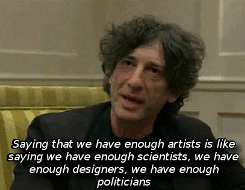
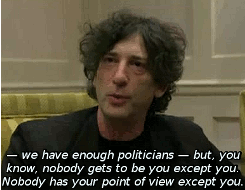
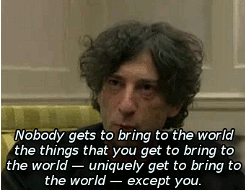



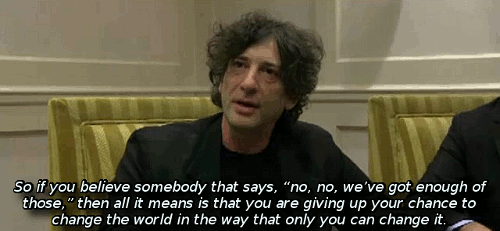
Neil Gaiman’s Advice to Aspiring Artists
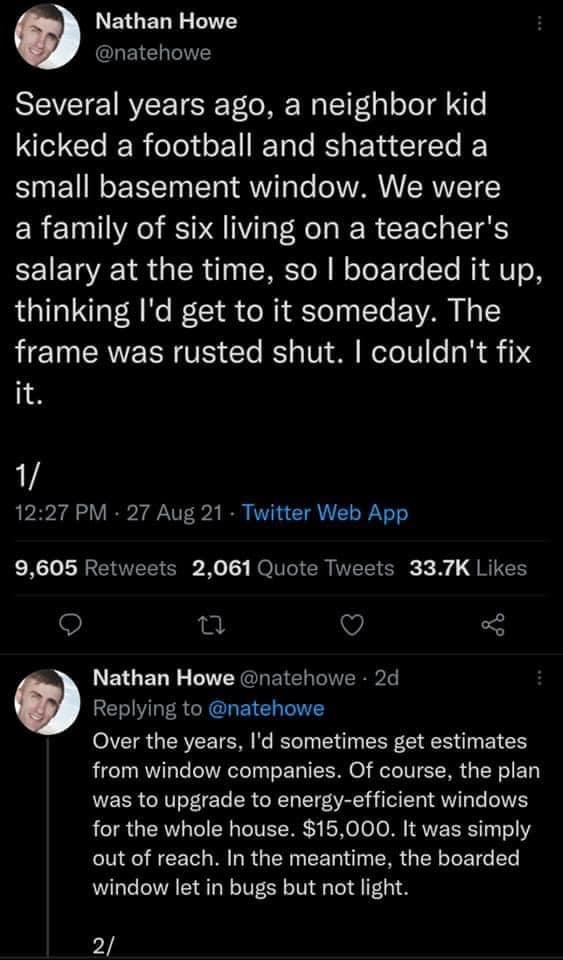
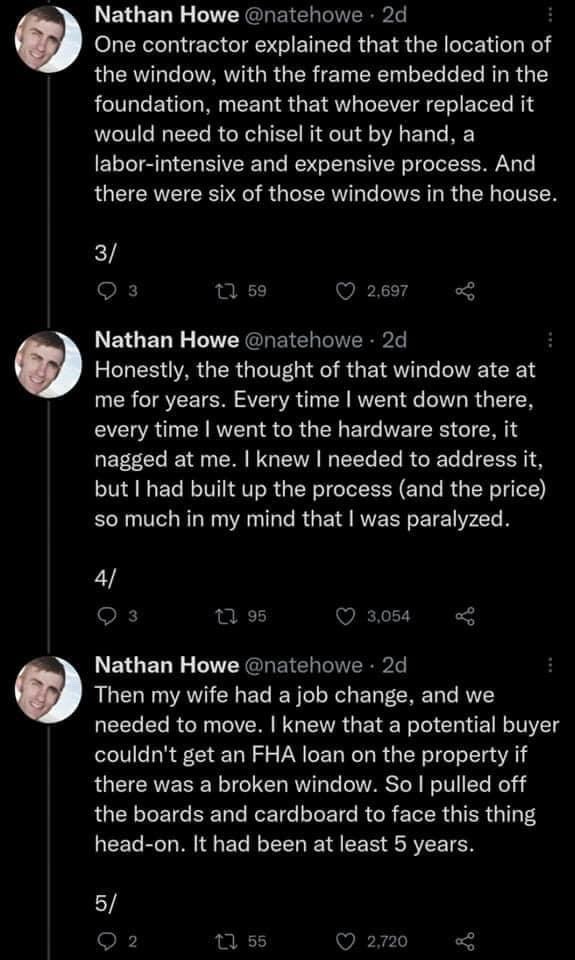

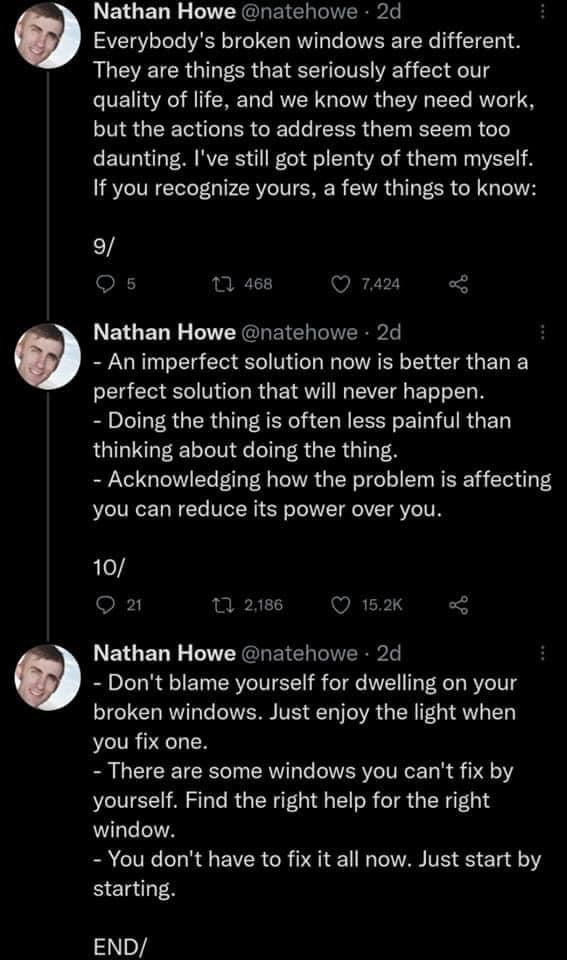
THIS!!
THIS IS AN AMAZING WAY TO THINK OF CHRONIC PAIN


A Breakdown of WotC’s OGL 1.1
Here’s some things to consider:

If you created any 5e stuff under OGL 1.0, you can’t keep creating it and the agreement that protected you from copyright lawsuits is “unauthorized”.
But LT, they can’t copyright mechanics!
Yes and no. They can’t copyright a d20. They can’t copyright a character having ability scores, or skills, or rounds of combat. But they can copyright the way it’s presented, and they can copyright the whole framework of all those individual mechanics. So no, scrubbing mentions of 5e out of your work isn’t going to protect you necessarily. Case in point:

This doesn’t just affect indie creators.

So yeah. Pathfinder in jeopardy, folks. And in case you thought the new OGL wasn’t explicitly trying to spite Paizo:

You cannot opt out of the new OGL.

If you create anything other than a print or digital ttrpg book, you cannot sell anything affiliated with DnD. Non-commercial use only.

So nice of them to give creators time to get their products updated:

Jan 13. That’s in 8 days, if you’re counting. I personally have a dozen products that would need to be submitted to the new OGL in that time frame, or changed so much that they don’t violate it. It’s over 1000 pages. To comply with the OGL, I would have to list every single thing that was covered by the original OGL and distinguish it from my original content.

I have a day job. Most creators in this industry have day jobs. This is an unreasonably short amount of time to get into compliance (which I don’t recommend anyway, for reasons we’ll discuss shortly).
Tiers of the Commercial License

So, that Expert Tier: Paizo is gonna fall in that. And if they want a custom deal that doesn’t force them to turn over 25% of their profits to WotC, WotC has to initiate it and set the terms.

Here’s the big kicker. Community surveillance. They’re relying on reporting of people who don’t register stuff. It’s meant to scare folks into compliance, most likely, and it will work. Most small creators couldn’t afford the legal fees if WotC decided to sue, and so have to decide if it’s worth the risk to keep selling without registering. The reason this is a big red flag is because they own, in perpetuity, your stuff. And they can change or revoke the agreement whenever they want.

They covered crowdfunding too:

TL;DR: The new OGL 1.1 is bad for creators and in line with WotC’s goal of wringing profits from DnD.
Source

Good times

If you’re a real human person still using the default tumblr avatar, consider changing it.



why should you change it?
When you guys pop up in our notifications, most seasoned tumblr users will suspect you’re a bot and block on sight.
why do we block immediately?
tumblr has a history of bots trying to infiltrate and establish a connection to a valid, existing blog in order to populate google searches. Simply liking or reblogging a post, not just adding a scam link to it, establishes this connection. Tumblr users don’t want this to happen, especially if it’s a scammy p*rn bot. So, we often block on sight.
So now I have to reblog stuff AND change my pfp?
Well, of course that’s up to you! I just want to explain why you may have been already blocked by an artist/blogger you may have discovered recently, and how you can avoid it in the future.
Reblogging does help creators more than likes because your reblogs will show up on the dash of those that may follow you. Plus, reblogging puts that post on your own blog, and in case the original gets deleted or edited by the OP, it’ll be on your blog like that–forever (or until you delete your blog). Nice.
Here are some free icons created by catalyststuff on freepik. Highly recommend their art for a simple replacement!
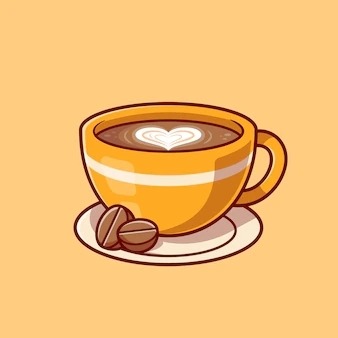



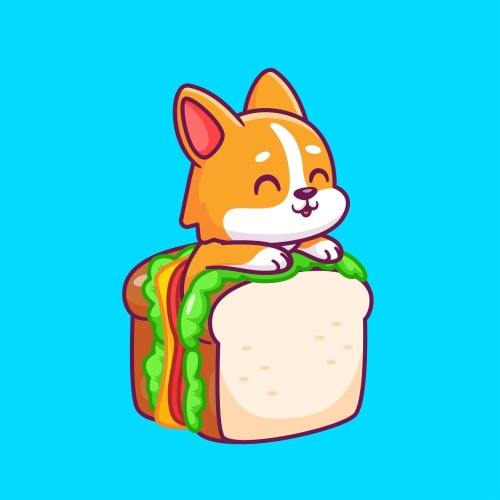

OH MY GOD
PSA regarding tumblr’s latest Censorship Nightmare
For those of you who haven’t seen this announcement, tumblr recently made some changes to the iOS version of the app, purportedly to comply with Apple’s content guidelines. These changes took effect on Dec 21, starting in version 22.5.1 of the iOS app. As some of you may recall, Apple’s strict guidelines were the driving force for the infamous Great Purge of 2018, which coincidentally also happened around this time of year, but it seems banning all of the female-presenting nipples wasn’t good enough for Apple.
Below is a summary of the important changes. Note that these changes technically ONLY affect those using the iOS app. If you’re accessing tumblr through a different app or operating system (Google Chrome, Android app, etc) it won’t affect you directly but it will affect your followers who use iOS so you should definitely be aware of it.
The list of banned tags has been expanded. As before, there’s no way to know which words or phrases have been banned until you try searching for them, in which case you’ll either get no search results or the following message: “This content has been hidden because of potentially suggestive or explicit content.” You may think this doesn’t concern you if you don’t post explicit material, but do not make the mistake of expecting the banned tags to be logical or reasonable. I’ve already encountered multiple completely innocuous posts (random fandom gifsets) that seem to be hidden on iOS for no discernible reason.
Blogs that have been flagged as explicit can no longer be viewed. Previously, flagged blogs just had their posts hidden from searches, but if you knew the username you could still visit it after clicking through a warning about sensitive content. Now you can’t access it at all.
Likes and reblogs from blogs that have been flagged will no longer show up in your notes. This one won’t affect most people’s user experience as much as the others, but it does mean you may be missing notes. It’s unclear if likes and reblogs from flagged blogs will still count towards the overall note total (and only be missing from the activity feed and note viewer) but I suspect that’s the case.
THE BIG ONE: ANY POST TAGGED WITH A BANNED TAG WILL NO LONGER SHOW UP ON YOUR DASHBOARD. Previously, if you tagged a post with a banned word or phrase (even if the words were used inside another tag), that post would not show up in searches, but your followers would still be able to see it on their dashboard. Now those posts are hidden from your own followers as well. This includes both original posts and reblogs. And if that wasn’t bad enough, here’s the real kicker: even if you don’t tag something with one of the banned words, if the OP used a banned tag, any reblogs of that post will not show up on anyone’s dashboard (on the iOS app). The only saving grace here, and I hate to even call it that, is that the blocked posts are still visible if you visit a blog directly or if you have post notifications turned on.
As usual, tumblr was extremely unclear and evasive about all of this in their official announcement. Not surprising, of course, since if more people were aware of these new draconian tactics I can’t imagine there wouldn’t be more of an uproar about it. Tumblr claims that these changes are somewhat temporary and that they are currently working on something that will allow for a less restricted iOS experience, but they refuse to say what that something is and when it will be implemented. And let’s just say, considering their track record, I’m not hopeful.
All of this is horrible and infuriating for many reasons, but the worst part is how insanely counterproductive it is to creating the “safe” environment tumblr (or more specifically Apple) supposedly wants.
Tags have always been used for both blog organization and filtering purposes. Tagging posts with triggers and content warnings is a common practice that gives users the ability to filter out content they may find upsetting or just don’t don’t want to see for whatever reason. By choosing to ban a bunch of unlisted “sensitive content” tags, all they’re doing is encouraging people who want to share that kind of content to come up with alternative less well-known tags or simply not tag that content at all anymore if they want it to show up on their follower’s dashboards, thereby making it more likely for someone to encounter it when they didn’t want to.
So really, with all of the alleged concern for safety and “protecting the children,” all they’ve done is make tumblr less safe for everyone. Typical.

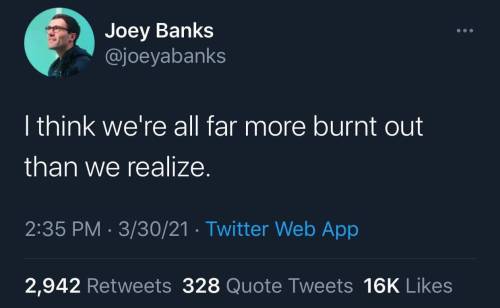


Blade Runner (1982) dir. Ridley Scott
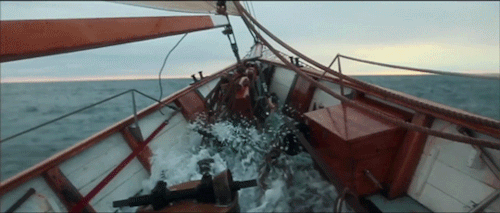
10 Nautical & Sailing Terms Everyone Should Know
1. Aft - The back of a ship. If something is located aft, it is at the back of the sailboat. The aft is also known as the stern.
2. Bow - The front of the ship is called the bow. Knowing the location of the bow is important for defining two of the other most common sailing terms: port (left of the bow) and starboard (right of the bow).
3. Port - Port is always the left-hand side of the boat when you are facing the bow. Because “right” and “left” can become confusing sailing terms when used out in the open waters, port is used to define the left-hand side of the boat as it relates to the bow, or front.
4. Starboard - Starboard is always the right-hand side of the boat when you are facing the bow. Because “right” and “left” can become confusing sailing terms when used out in the open waters, starboard is used to define the right-hand side of the boat as it relates to the bow, or front.
5. Leeward - Also known as lee, leeward is the direction opposite to the way the wind is currently blowing (windward).
6. Windward - The direction in which the wind is currently blowing. Windward is the opposite of leeward (the opposite direction of the wind). Sailboats tend to move with the wind, making the windward direction an important sailing term to know.
7. Boom - The boom is the horizontal pole which extends from the bottom of the mast. Adjusting the boom towards the direction of the wind is how the sailboat is able to harness wind power in order to move forward or backwards.
8. Rudder - Located beneath the boat, the rudder is a flat piece of wood, fiberglass, or metal that is used to steer the ship. Larger sailboats control the rudder via a wheel, while smaller sailboats will have a steering mechanism directly aft.
9. Tacking - The opposite of jibing, this basic sailing maneuver refers to turning the bow of the boat through the wind so that the wind changes from one side of the boat to the other side. The boom of a boat will always shift from one side to the other when performing a tack or a jibe.
10. Jibing - The opposite of tacking, this basic sailing maneuver refers to turning the stern of the boat through the wind so that the wind changes from one side of the boat to the other side. The boom of a boat will always shift from one side to the other when performing a tack or a jibe. Jibing is a less common technique than tacking, since it involves turning a boat directly into the wind.
“Bran our Ravens idea of having fun this morning, he holds on just enough to keep hold without hurting me.”
Video/caption by Lloyd & Rose Buck Bird Specialists & Handlers

Status Descriptions for when my players ask how the monster looks
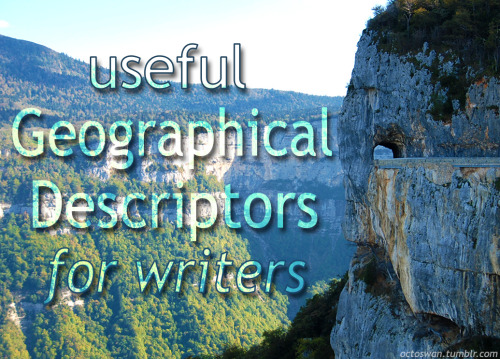


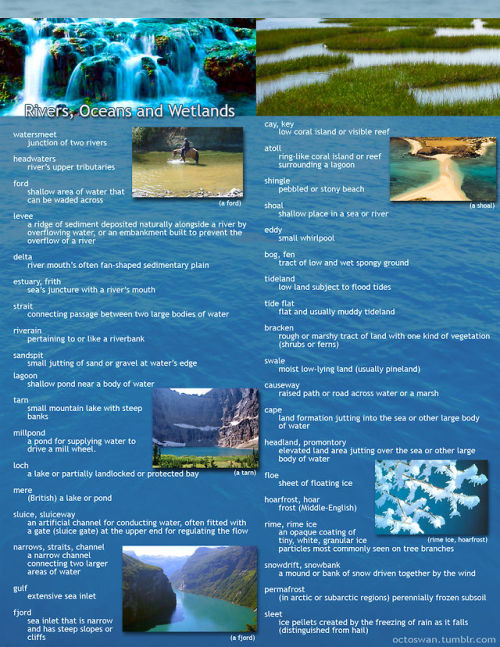
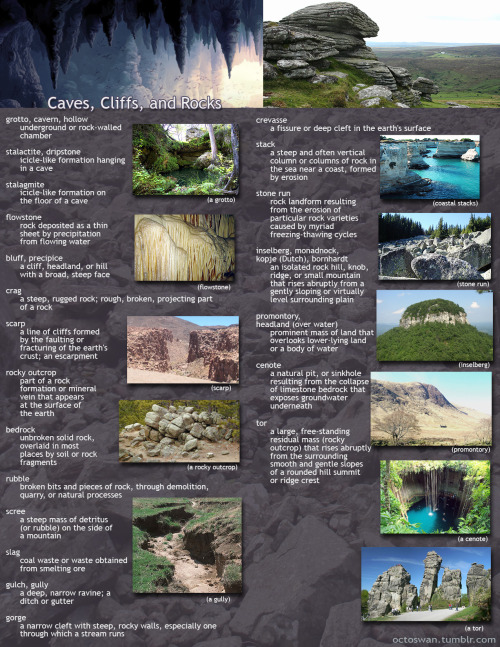
I made these as a way to compile all the geographical vocabulary that I thought was useful and interesting for writers. Some descriptors share categories, and some are simplified, but for the most part everything is in its proper place. Not all the words are as useable as others, and some might take tricky wording to pull off, but I hope these prove useful to all you writers out there!
(save the images to zoom in on the pics)
D&D Character Alignment Charts for Dummies
Normal

Defined by Lawful Good

Defined by Chaotic Good

Defined by Lawful Evil

Defined by Chaotic Evil

Defined by True Neutral

Defined by Philosophic Theist

American movie be like











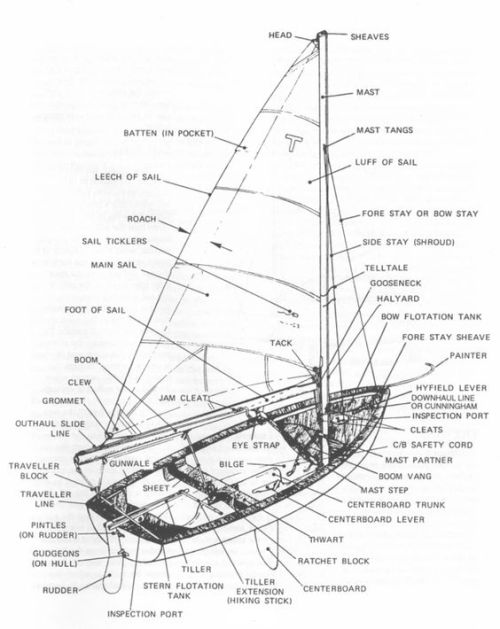
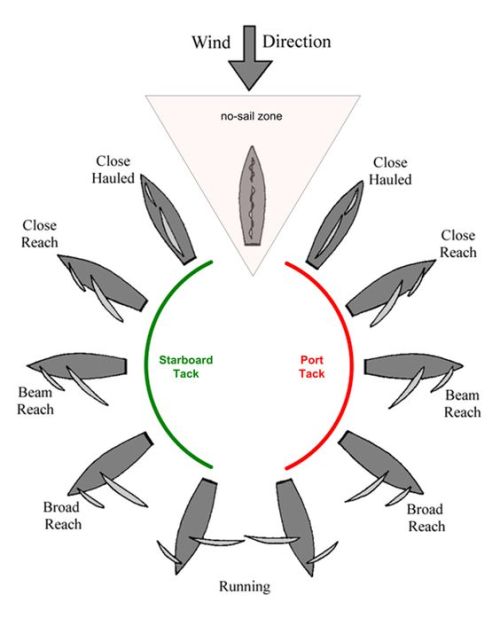
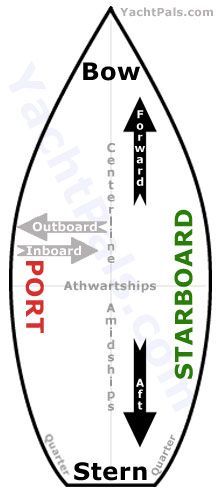
Types of Ships
Parts of the Ship
Wind Directions
Sides of Boats

Also:
Getting better at things with practice
Having agency regarding the problems presented to you in your world, be they on the personal scale or the possible-world-ending scale